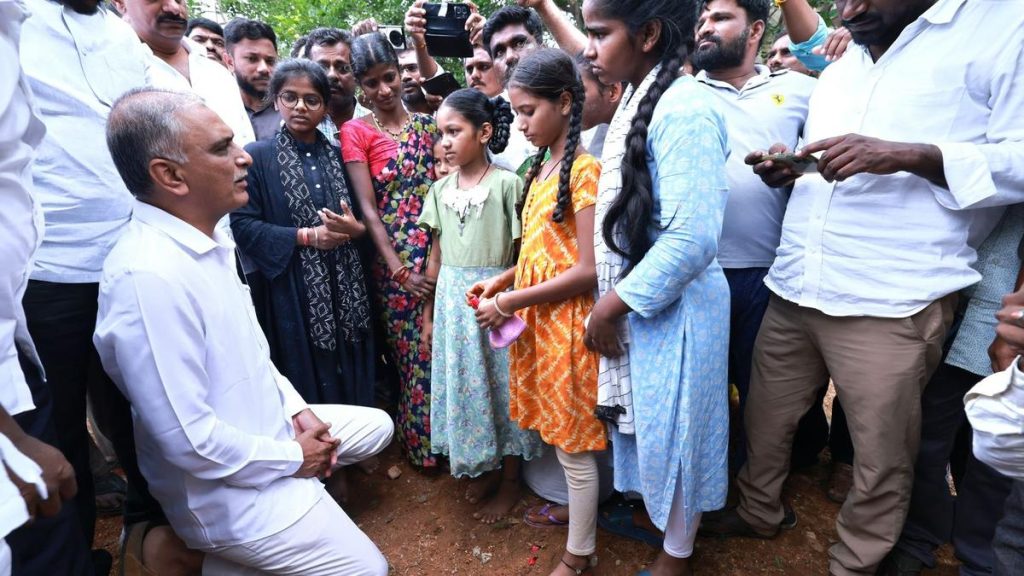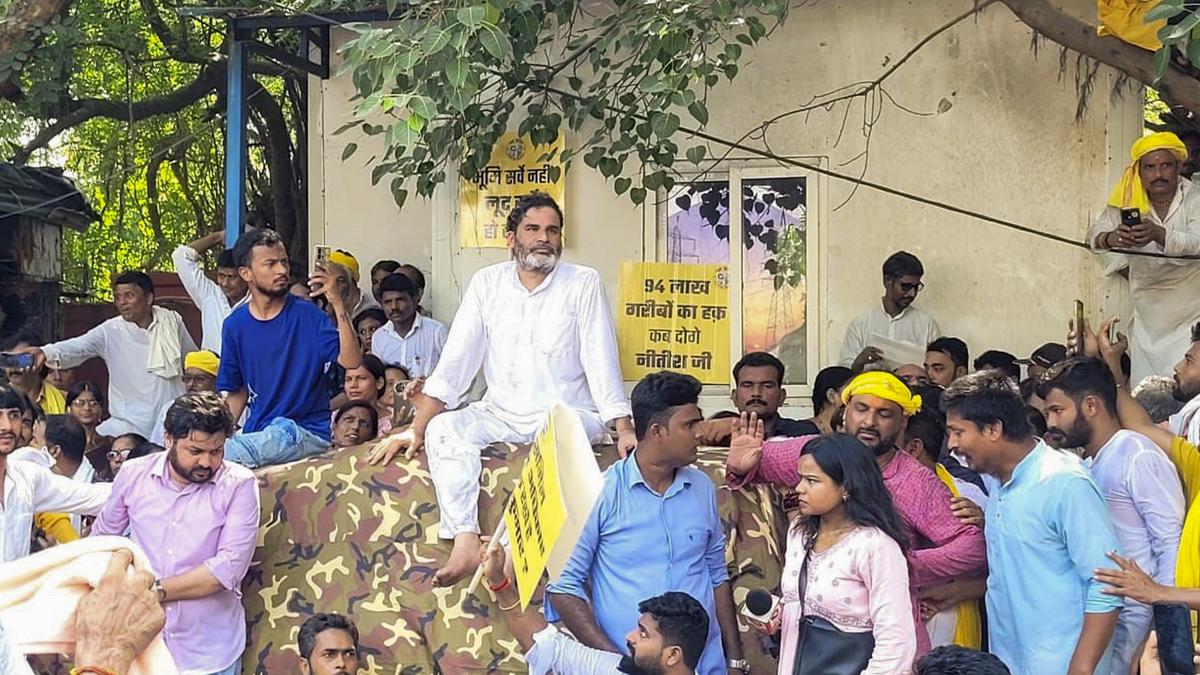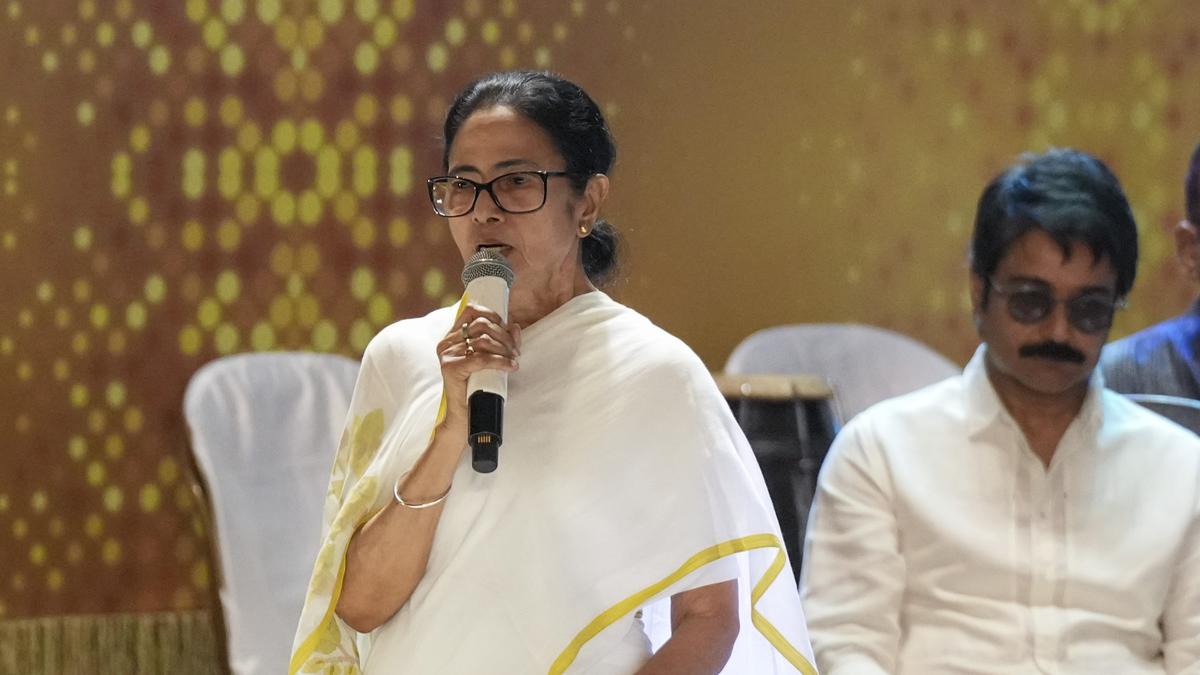Last year, Prashant Kishor transitioned from his consultant role into the dynamic arena of electoral politics. With Bihar going to the polls in October, it will be intriguing to observe how a strategist, believed to have masterminded some important political successes, will perform when he contests an election himself.
Mr. Kishor, leader of the Jan Suraaj Party (JSP), points out four factors which makes the BJP a formidable electoral force: its Hindutva ideology that serves as an emotional anchor, Narendra Modi’s grand narrative of India becoming a global superpower, the creation of millions of direct beneficiaries through welfare schemes, and the sheer financial and organisational strength of the party. Mr. Kishor has asserted that to defeat BJP, one would need to defeat it at least on three of the four accounts. So, how well placed is the JSP to challenge the BJP on these factors?

First, ideologically, the BJP’s Hindutva claim isn’t just a political position; it has become an emotional ecosystem that gives people identity, purpose, and a sense of belonging to something larger than themselves. The JSP’s approach has been to focus on Bihar’s regional identity and development aspirations while staying studiously secular. It is intellectually honest, sure, but could it be politically naïve given that religious identity in contemporary politics has become increasingly central to how people see themselves politically?
Second, Mr. Kishor’s ‘Bihar Badlav (Bihar Change)’ campaign is receiving traction. The messaging is positive: Bihar doesn’t need to wait for Delhi’s permission to prosper; the State has its own strengths and possibilities. What it needs is leadership that believes in those possibilities. This seems to be resonating with some voters. This narrative is distinct from the BJP’s nationalism and the traditional Opposition’s criticism. Whether it is enough remains to be seen.

Third, pricking a hole in the BJP’s beneficiary schemes may be tedious. When a farmer gets his PM Kisan installments, or when a woman gets her Ujjwala gas connection, or when a family gets healthcare through Ayushman Bharat, they are not just receiving benefits; they are entering into a relationship with the government that makes them stakeholders in its success. Can the JSP’s promise be enough to attract the voters to vote for it?
Fourth, the ability of the JSP to match the BJP’s and RJD’s organisational structure needs to be looked at. The JSP has been able to create some ground level connects via its leaders’ padyatra, but this will be put to test particularly closer to elections. The BJP-led NDA has financial resources, RSS volunteers, sophisticated data analytics, and technological infrastructure that can micro-target individual voters. The RJD has decades of organisational depth and established networks across every village in Bihar and JSP has Mr. Kishor’s strategic mind. Will that be enough to challenge the NDA and the Mahagathbandhan?

Another important challenge for the JSP is about how the party will be able to challenge dynastic heirs such as Tejashwi Yadav and Chirag Paswan. What makes Mr. Yadav particularly formidable is his younger age, party’s organisational strength, and experience. His welfare promises are specific and credible because he has the organisational capacity to deliver them. His focus on employment and migration directly addresses voters’ primary concerns. And his consistent opposition to Nitish Kumar’s alliance-hopping has given him a reputation for stability that the JSP, as a new entrant, cannot claim. The BJP may find it difficult to put up a young face given its present leadership in Bihar, but JD(U) might prop up a young face such as Nitish Kumar’s son Nishant Kumar or Manish Verma, a former IAS officer.
At this moment, the picture seems encouraging as the JSP is generating discussion and media attention, but also sobering, since Mr. Kishor may turn out to be an influential voice rather than a decisive force. In a fragmented electoral landscape, the JSP might eventually end up being a kingmaker if neither major alliance achieves a clear majority. This could provide it with disproportionate influence relative to its electoral performance and create opportunities for future growth.
Sanjay Kumar is a Professor at the Centre for Studies of Developing Societies and Chandrachur Singh is a Professor of Political Science at Hindu College, University of Delhi. Views expressed are personal


























